Tales of Kenzera: ZAU Review
PC
Sometimes you just have to take a step to find solace in what is, instead of lingering on what isn’t anymore.
Reviewed by R3GR3T on Apr 22, 2024
Every now and then, we get a game that doesn’t just give us a great time; it also teaches us a few things, like a revelation. Nobody is ever ready for what comes when a loved one walks their last, and the grieving process is never easy, but Surgent Studios made their own rather brilliant representation of the process.
This UK-based studio has only been around since 2019, and they mostly dealt in the film sector, but anything can change, and Surgent Studios wanted to take a walk into the gaming scene. However, their first release isn’t your average indie or mindless time waster; it’s a lot more, and the story within and behind it is incredibly touching right from the start.
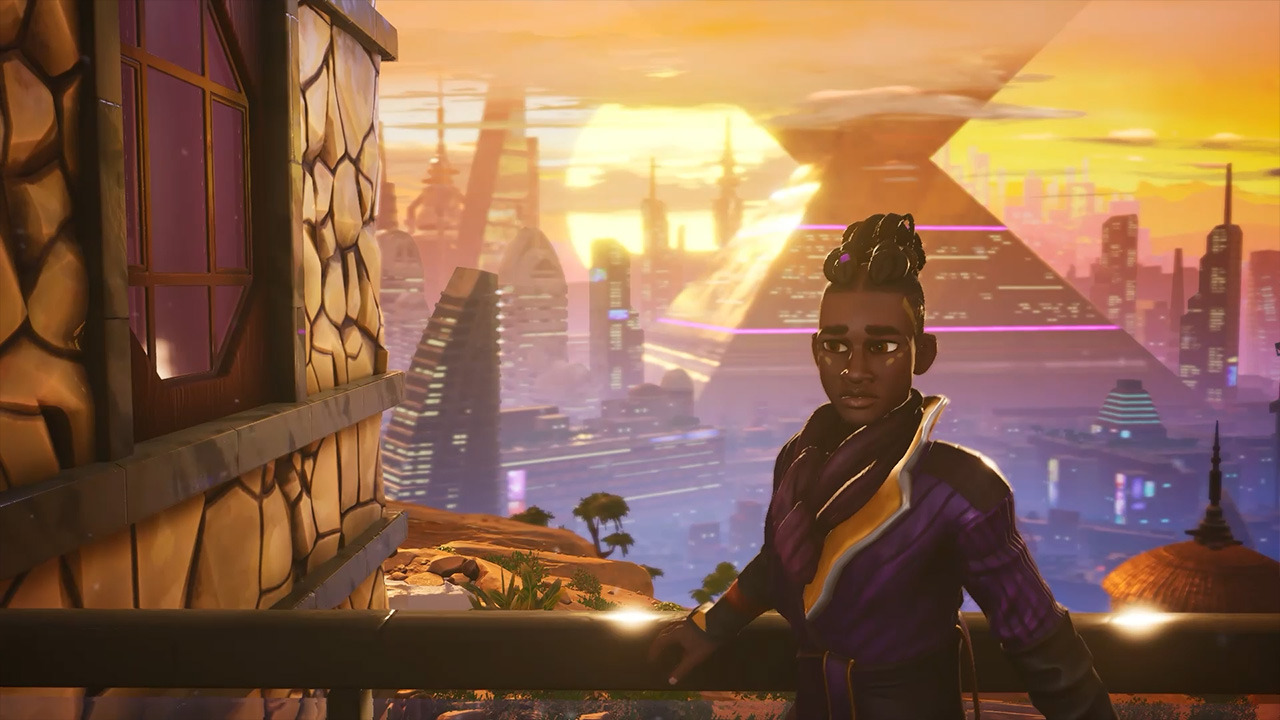
Surgent Studios’ first release, Tales of Kenzera: ZAU, which was released on 23 April, will most likely be an emotional rollercoaster for most, but you might have a hard time putting it down. A few things to know about TTales of Kenzera: ZAU is that it’s a side-scroller with very similar details to Prince of Persia: The Lost Crown.
However, the story you’ll get runs a lot deeper, and it was inspired by Surgent Studios’ CEO, Abubakar Salim’s loss of his father. Now, don’t jump onto a bandwagon yet because it’s definitely not another generic Spice of Life release with endlessly drawn-out tropes; it’s a really touching story about a young shaman who learns to deal with his own loss…. And the story was written by a father who left that same story for his son before passing.
Before starting off, a little word of wisdom from within Tales of Kenzera: ZAU - ‘Every story begins at the end of another’, it’s quite a simple phrase that’ll likely stay with you long after you’ve finished this release. So, your adventure starts with Zuberi, a young boy who very suddenly lost his father, and he’s not taking it quite as well as you’d think. However, before he gets a chance to spiral even further, his mother calls him to give him a book that his father left. The book in question is a story, and also where your adventure really begins, with a young Shaman named Zau.
Now, Zau also lost his father, and his grief was getting the better of him. In a moment of desperation, he summoned the God of Death, Kalunga, to make a deal. Kalunga agreed to bring Zau’s father back, but then he had to retrieve three Great Spirits from the distant corners of Kenzera, though it’s definitely a very perilous journey, and Zau will need to use every tool or advantage he can if he wants to meet his end of the bargain.
The whole journey to each Great Spirit also plays a metaphorical part in the stages of grieving and the emotional turmoil that comes with it, though you’ll also learn a few interesting things along the way as you progress with Zau.
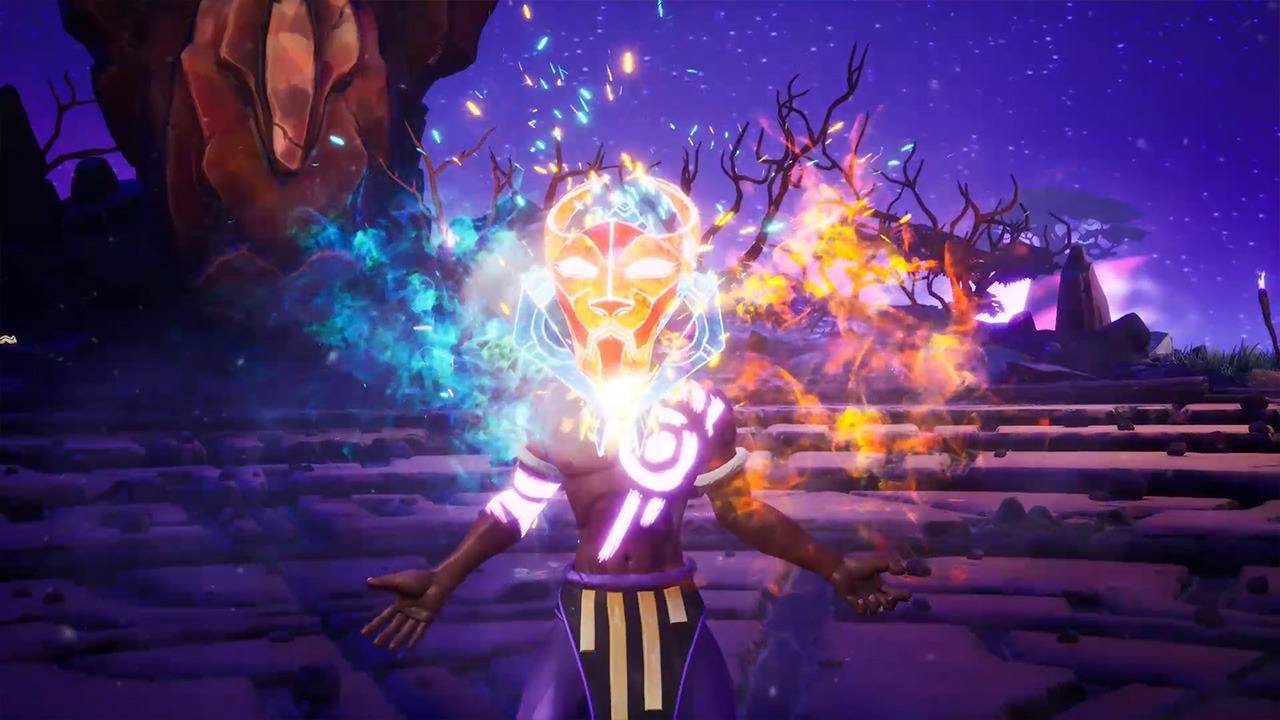
A little word of warning: you’ll want to take some time to get used to the movement controls in Tales of Kenzera: ZAU. Movement is incredibly fluid, and it’s surprisingly easy to lose track of what’s going on, even more so when you’re in the middle of a fight or just out exploring.
This doesn’t mean that everything is painfully fast, but it’s fluid enough that you need to keep a very open mind with Zau’s speed. This is mostly for the sake of exploration and how you can get around without any major upgrades; it’s all about making the most of the distances you can reach with a jump and a dash.
Now comes the fun in Tales of Kenzera: ZAU, which is a good old combat. We’ve seen combat style switching in other releases but the way it’s implemented in Tales of Kenzera: ZAU is actually rather inspired, at its heart, combat follows a certain rhythm that you’ll need to follow.
As for how it all works, Zau inherited two masks from his departed father, and while they hold some metaphorical meaning, they’re also what powers his attacks. You’ll have access to the Sun and Moon Masks, and switching between them would signify the passing of days and the progression of time as a whole.
Now, both masks allow Zau to fight off restless and corrupted spirits who will try to stop him from making his way to the Great Spirits. As for what each mask does, The Sun Mask focuses more heavily on fast, close-range combat and high damage, while the Moon Mask is built around long-range fighting and crowd control. You’ll have to strike a balance between the two masks as you progress, and the fights will only become more difficult. However, there are a few fun advantages and powers you can use to even the odds.
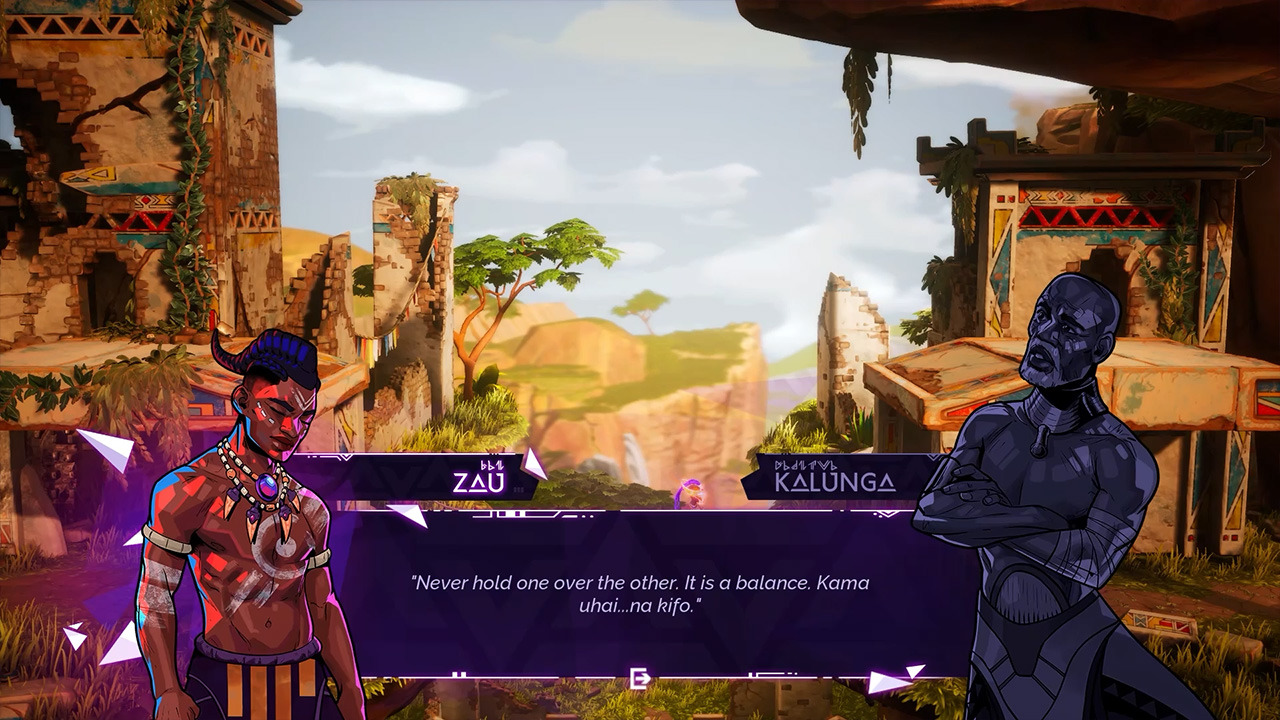
If you need more firepower in Tales of Kenzera: ZAU, both masks also come with their own Ultimate abilities. The Sun Mask has a powerful Supernova that is essentially a tower of fire, and the Moon Mask has the Lunar Blast, basically the mother of all lasers. However, firing off an ultimate will require Spirit Energy, which you can easily build up while fighting.
Unfortunately, while both Ultimate abilities are nice, the Supernova can come off as a bit underwhelming since it’s only a pillar, and everything coming at you will come from the sides. You’ll likely end up using the Lunar Blast much more often since it can also be aimed while firing, making it the versatile option for massive damage.
Spirit Energy isn’t just good for attacking; you’ll also need it to heal Zau. Unfortunately, this is where timing plays a big part because it takes a few seconds to heal up, and you’ll be exposed to any attack while waiting for it. Granted, a little crowd-control goes a long way, or just picking your spots carefully, but if you can’t find the right spot to heal… You might just have to take a chance until you find an opening for some quick healing.
Well, there is still one more interesting aspect tied to the masks that you’ll be glad to have. Tales of Kenzera: ZAU also uses a leveling system that has you collecting Ulogi (or Experience Points) to spend skill points on the skill trees. As can be expected, both masks will have their own skills tress that allows you to expand upon their powers and attack combos, as well as their respective Ultimate Abilities. However, Ulogi is quite slow to ear,n and while you can technically max out the entire tree, you’ll probably have to explore every nook and cranny of Kenzera to reach that goal.
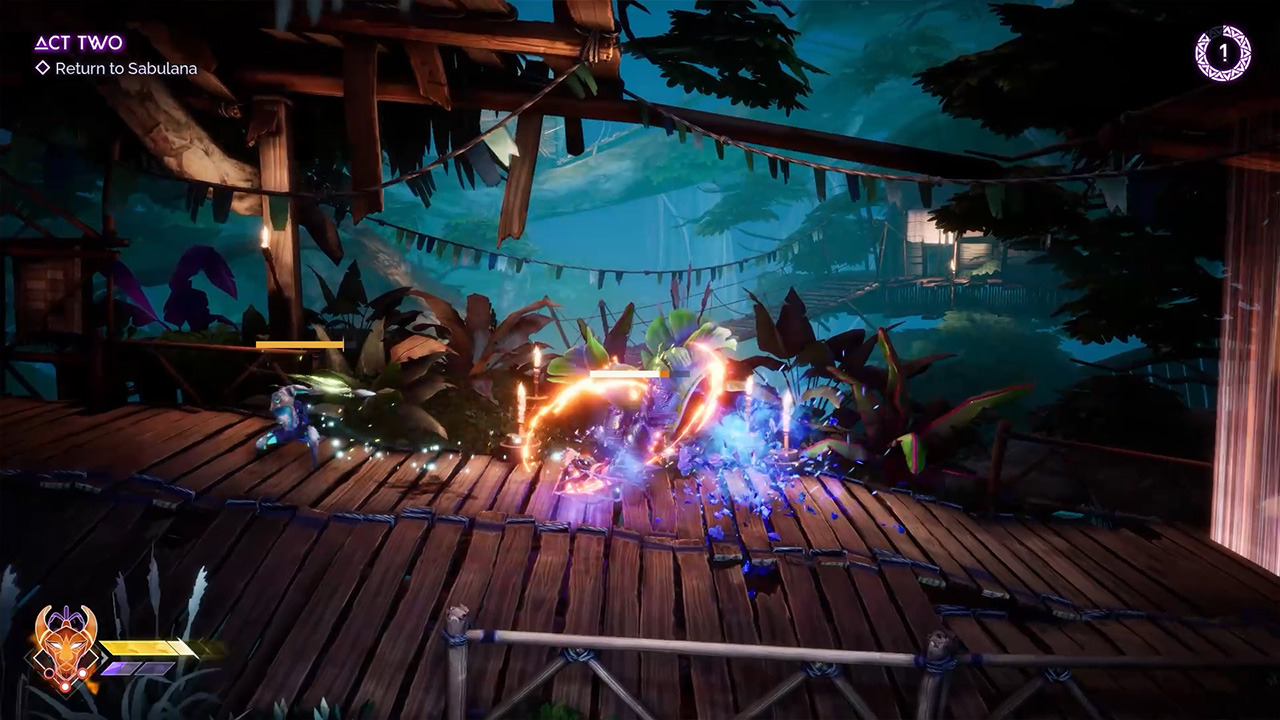
Tales of Kenzera: ZAU has one more trick up its sleeve that comes in the form of attack and movement-based abilities. For instance, Bamba’s stone is great for crowd control since it freezes enemies, though it can only be used while wearing the Moon Mask. Meanwhile, Akida’s Spear will give you a devastating spear attack that’s tied to the Sun Mask.
The best part is, that neither of these are just for combat, you’ll also have to use them to get around by freezing water or triggering puzzles to open doors. The best part is that those are just the tip of the iceberg. There are several other powers you’ll get to discover as you explore Kenzera, and each power comes with its own story and some Bantu origin.
Discovering the hidden powers that’ll help you on your adventure is great, and you’ll want to go back and explore other parts of Kenzera you couldn’t get to. The biggest reason behind this is the Shaman Challenges and some of the other more interesting rewards you can pick up along the way. Now, Shaman Challenges can typically be an incredibly difficult fight, or it could be a puzzle. Sadly, dying while doing a challenge will mean you have to start over with the challenge, so it always pays off to be careful.
Life in Tales of Kenzera: ZAU isn’t all running and fighting, though; there are some peaceful moments, and the world is absolutely overflowing with lore. The biggest contributor to lore would be Echoes, and each one carries a small piece of lore from the world and some Bantu mythology as well.
On the other hand, Baobab trees will give you some insight into Zau’s life before his father passed. However, while Kalunga also travels alongside Zau, he’ll also occasionally throw in his two cents in the hopes of helping him process his grief.
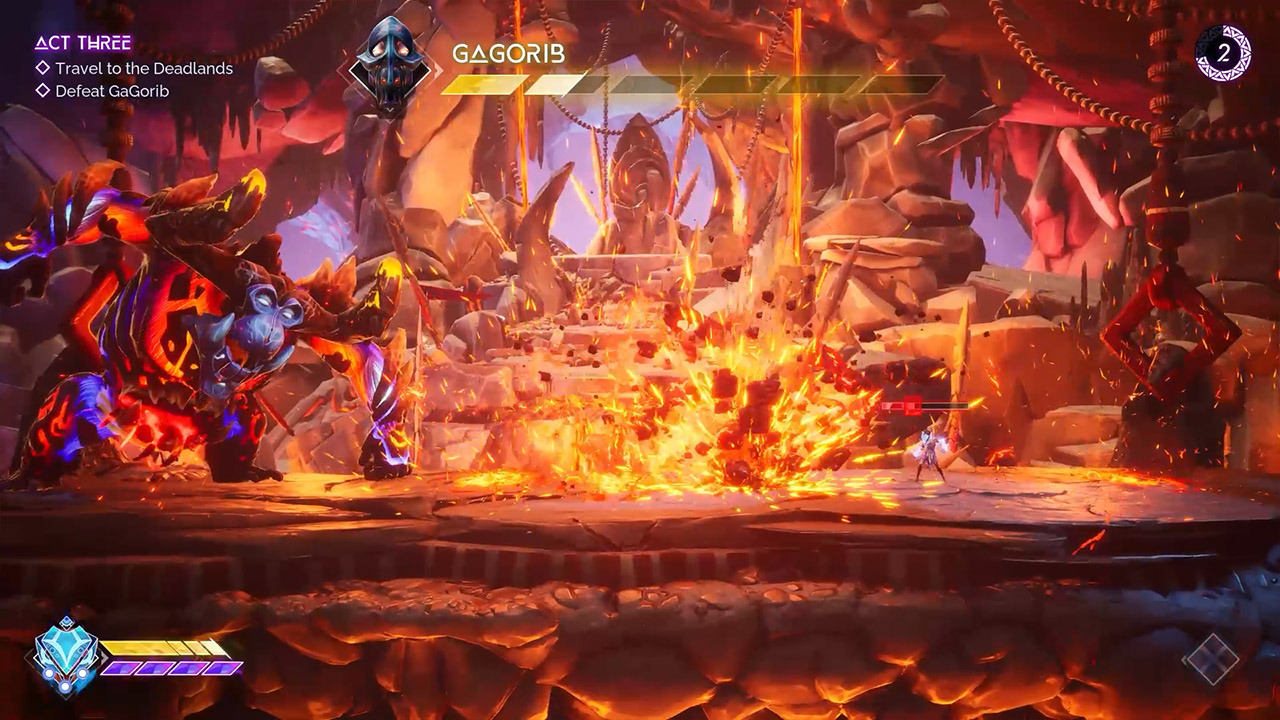
It’s not every day we delve this deep into design, but it’s almost scary to see how much inspiration was drawn from the grieving process for the world’s design. Tales of Kenzera: ZAU features several unique biomes that you’ll be able to explore, and each one signifies a different set of emotions and stages of grief. Though the best part is with the paths you’ll have to take, taking a step back and looking at the bigger picture, you’ll see the paths are winding with the occasional detour that leads to a dead end.
Delving into the rest of the visuals, you have to stop and admire the epic level of detail that went into Tales of Kenzera: ZAU. It’s not just Bantu inspiration; it’s a mix of a lot of African cultures, but Bantu is the main, with the biggest focus being on Zau and his masks. Everything from the jungles to the mines has a unique part to play, and even some of the small villages carry a lot of African culture without being overbearing. You’ll likely no longer just play for the story but also for the visuals and the level of detail.
Aside from the already brilliant visuals, Tales of Kenzera: ZAU also promises to delight you with its music and voice acting. Once again, all the inspiration for the music was also derived from African cultures, and based on some research, no effort was spared since the recording took place in several locations around the world. The voice acting is what really pulls the story together, though, as you can hear the grief in Zau’s voice and the worry in Kalunga’s, it’s clear that every voice actor played their parts to the fullest.
Overall, Tales of Kenzera: ZAU will take you on one hell of an adventure as it tells a story of grief and overcoming it. The combat and movement mechanics will definitely make you lose more time than you’d like as you explore this masterpiece in design. However, you might also end up learning a few things about yourself and maybe even find closure in a recent loss of your own as you experience Zau’s story and Zuberi’s resolve. So, while Zau’s father’s story might have come to an end, his story also started there.
Editor, NoobFeed
Verdict
Tales of Kenzera: ZAU will take you on one hell of an adventure as it tells a story of grief and overcoming it. The combat and movement mechanics will definitely make you lose more time than you’d like as you explore this masterpiece in design.
100
Related News
No Data.

